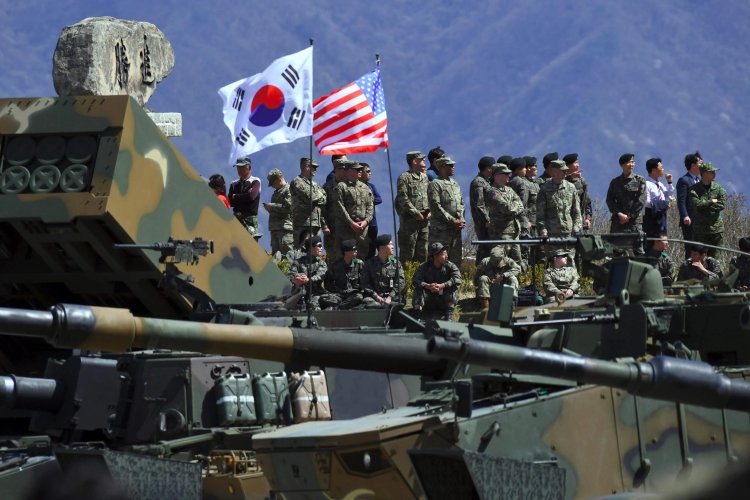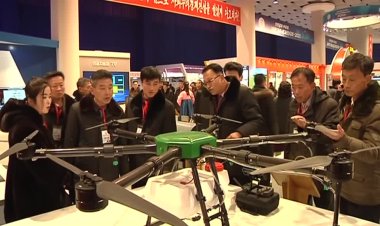U.S. & South Korea Conduct Joint Amphibious Drills

Navy and marine corps from the United States and South Korea conducted joint amphibious landing drills off the coast of the eastern city of Pohang to strengthen their alliance’s combat readiness.
More than 40 amphibious assault vehicles, over 40 aircraft and 40 ships including South Korea’s large transport ships Dokdo and Marado, as well as the US amphibious assault ship USS Boxer, were mobilized in Exercise Ssang Yong 2024 until September 7, the US military said.
South Korea and the United States have regularly conducted the SsangYong exercise since 2012 to enhance their defensive posture on the Korean Peninsula and improve naval and amphibious capabilities.
This year's exercise involves over 13,000 personnel from the South Korea and US Navy and Marine Corps, as well as the U.K. Commando Force. It also includes participation from the South Korea Army Aviation Command, Air Force Operations Command, and Drone Operations Command.
The primary focus is on enhancing capabilities for combined-joint forcible entry operations. A key feature is the first deployment of a combined South Korea-US battle staff commanding amphibious operations from South Korea's Marado.
The exercise demonstrates the integration of various military assets and technologies, including drones for real-time intelligence, F-35B fighter jets for air support, and a range of amphibious vehicles and aircraft for troop deployment.
Exercise Ssang Yong 24 underscores the commitment of both nations to maintain a robust defensive capability in the region. It showcases the evolving nature of military cooperation between South Korea and the US, incorporating new technologies and tactics while reinforcing longstanding partnerships.
The exercise not only serves as a demonstration of military readiness but also as a deterrent signal in the complex geopolitical landscape of Northeast Asia.















